Immerse into the Wonderful Ama Culture in Toba

Recently I’ve finally been able to visit one of the locations on my bucket list, so as to be able to experience the “ama” culture. Immersing into the ama culture, the wonderful world of Japan’s Important Intangible Folk Cultural Properties, it was a truly unforgettable experience.
Written by John Ng
With a coastline that stretches over 1,000 km from north to south, Mie Prefecture is a treasure trove of seafood. In particular, the area around Toba and Shima, which is famous for its ria coast, is one of the best fishing grounds in Japan, where a wide variety of seafood is caught. For the fishing industry in these areas, ama divers are indispensable. These women are known for their skill and courage, diving into the sometimes freezingly cold waters without any protective gear.
Ama in Mie have a long and proud history. Ama culture was recognized as one of Japan’s Important Intangible Folk Cultural Properties in 2017.
Mie is dotted with ama huts called kamado, which are rustic huts where amas take a rest after diving. Some of them offer ama culture experience where you can communicate with active amas. For this article, taking my friend who is very interested in this unique experience, I drove to Osatsu-cho, Toba City, which is said to be the town where the largest number of active ama live in Japan.

We visited “Hachiman Kamado”. There is also a shuttle bus service leaving from Toba Station (reservation required).

When we arrived, the amas welcomed us. Ms. Mitsue Okano was our attendant for the day. I can still remember her great smile toward us when we arrived.


At the Ama Hut, we were able to eat fresh seafood caught by amas. Preparations for the food are fairly simple, and the traditional way is to cook it over an open flame by the ama herself.

Eating at an ama hut was a unique and memorable experience, offering a glimpse into the traditional lifestyle of the ama. They also offer deluxe courses where guests are treated to Ise-ebi lobster or abalone, which are Mie’s representative seafoods.

The atmosphere at the ama hut was relaxing and friendly, and we had a good conversation with Mitsue-san. She gave us an opportunity to gain insight into the unique and history-rich world of ama. What more could I ask than when I got to enjoy delicious and fresh seafood and at the same time be able to gain a deeper understanding of the ama culture. Whether you are a food lover, a traveler, or simply interested in learning about this unique Japanese history and tradition, then a visit to an ama hut is an experience that is not to be missed.

After having a great meal, my friend was treated to a cosplay of an ama’s traditional attire at a mere cost of a few hundred yen.

We were able to have a few great photoshoots around the hut. To my surprise, the traditional wooden basket which I saw in a magazine is no longer being used. Mitsue-san explained that it had not been used for a long time and the current tool called “tanpo”, which is made of a net and which floats, is much better. That’s because the net keeps the catch alive in the seawater and it also can be used as a life-saving device when the amas get tired during their dive.

Mitsue-san also handed us the “nomi”, which was a special tool made of a sharp hook at one side and a blunt rounded tip on the other side. She explained that the sharp hook was used to catch sea urchins, octopuses, and fish, while the blunt side was used to catch abalones. We took the tanpo and nomi with us for a walk outside. It was a pleasant experience to enjoy a great sea view while dressing up as an ama. This let us feel more deeply the ama culture.
At the same time, I thought it was important to note that cosplaying at an ama hut should be approached with respect, and to understand that the ama culture is a valuable and historic part of Japanese heritage. Visitors should be mindful of the customs and traditions associated with the ama culture and should take care to avoid any behavior that may be considered disrespectful or offensive.

Mitsue-san took the courtesy to let us know more about the current ama culture. She told us that veteran amas were able to dive up to 10 meters within one minute to catch their target at the bottom of the sea. Mitsue-san herself was from a family where generations had been amas. Still it wasn’t until she was 40 before she could reach that level and have enough time to catch her target per dive.
During earlier times, ama divers used to dive twice a day but currently they only dive once a day. In this area, their dive spot is about 15 minutes by car from this hut, and they usually dive for about 90 minutes from 9 am.
The number of ama has been declining in recent years; however, many people are working to preserve and promote the tradition, to ensure that it continues to be an important part of Japanese culture for generations to come. It will be a shame if there comes a time when no one is left to continue this beautiful culture.
After our experience at the ama hut, we decided to visit Shinmei Shrine, located about a five-minute drive away. The shrine has been a place of worship for local amas since ancient times.


As we couldn’t drive directly to the shrine, we parked our car at the Osatsu Ama Museum and walked over to the shrine. Although it was raining we enjoyed walking, because there were lots of shops selling sea products.


As we approached the shrine, we found out that there were lots of similar signs along the road. These are the talisman symbol of the ama. These signs are called doman and seman. The whole surroundings became so quiet and peaceful, and I guessed this is because we were entering a sacred place. We started our prayer offerings from the main shrine, wishing for good health for all the people in this area, hoping that there will be no more people suffering from illness.

Shinmei Shrine is also called Ishigami-san. Ishigami-san is one of the shrines in the general precincts, and is said to grant one single wish to a woman. My friend wrote her wish on the provided paper, then put it into the box and earnestly offered her prayer.

Our visit to the ama hut and Ishigami-san was a truly unforgettable experience. We were able to immerse ourselves in the local culture and learn about the rich history and traditions of the ama culture. Whether you are a fan of Japanese culture, a traveler, or simply looking for a unique and memorable experience, a visit to this beautiful part of Mie is sure to provide a once-in-a-lifetime experience.
You may also like
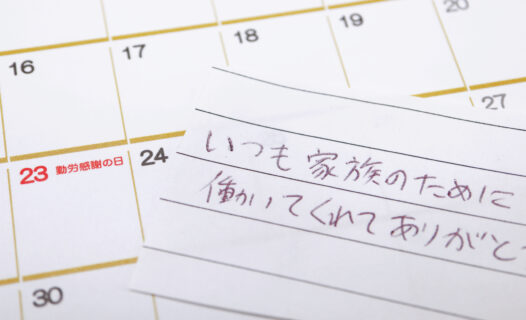
Explore the cultural significance of Labor Thanksgiving Day in Japan and discover how this unique holiday is celebrated.
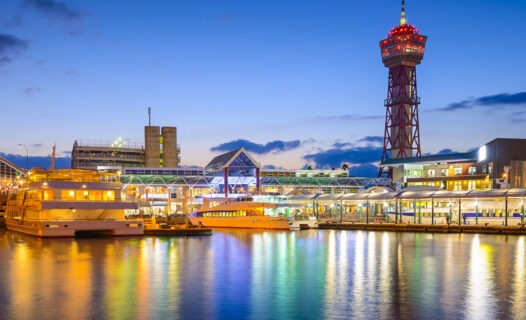
Discover the best budget-friendly hotels in Fukuoka, Japan. Explore affordable accommodations, travel tips, and local insights for a memorable stay.

Discover the top 10 hotels in Los Angeles for an unforgettable stay. From luxury to boutique, find the perfect accommodation for your LA adventure.
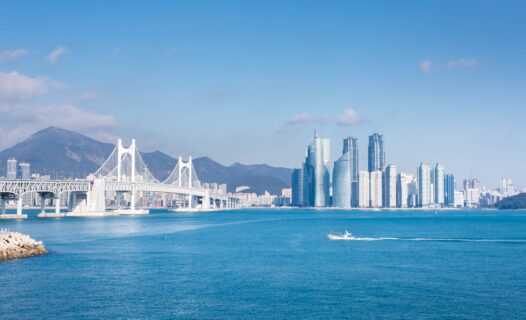
Explore the best accommodation options in Busan, from luxury hotels to budget-friendly stays. Discover where to stay in Busan for an unforgettable experience.

Explore Nantou's hidden gems with our guide to the top B&B villas for a relaxing getaway. Discover tranquility, local culture, and breathtaking views.

Explore the best places to stay in Phuket, from beachfront resorts to city center hotels. Discover top accommodations for every traveler.

Discover the best hotels in Cihampelas, Bandung. From luxury to budget-friendly options, find your perfect stay in this vibrant district.

Explore the best hotels in central Da Lat, where comfort meets convenience. Discover top accommodations, local attractions, and travel tips for an unforgettable stay.

Explore the most luxurious hotels in Bohol, Philippines, and indulge in paradise with our comprehensive travel guide.

Explore the best accommodation options in Kaohsiung for every budget. From luxury hotels to budget-friendly stays, find your perfect place to stay in this vibrant city.

Explore Manila with Stray Kids World Tour. Discover top attractions, local cuisine, and travel tips for an unforgettable experience.
Discover affordable hotels in Cihampelas, Bandung. Explore budget-friendly accommodations and enjoy a memorable stay without breaking the bank.

Explore the best hotels near Universitas Gadjah Mada in Yogyakarta. Discover comfort and class with our top picks for your stay.

Explore Kyoto's hidden gems with our guide to the most stylish hotels for the discerning traveler. Discover luxury, tradition, and modernity in Japan's cultural heart.

Explore the best hotels near the Lost World of Tambun in Ipoh. Find accommodations that suit your needs, from luxury to budget-friendly options.

Explore the best accommodations in Malacca, from luxury hotels to budget-friendly stays, and find the perfect place for your travel style.
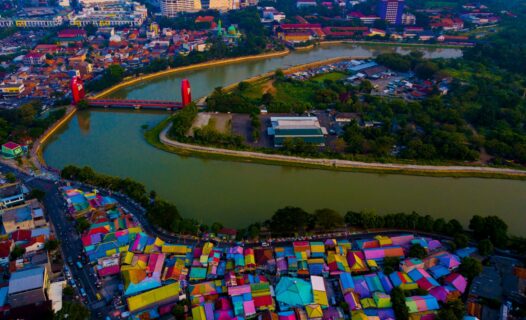
Explore the best hotel options in Tangerang for every budget. From luxury to budget-friendly stays, find the perfect accommodation for your trip.

Discover the best hotel deals in Barcelona with our ultimate guide. Explore affordable accommodations, luxury stays, and budget-friendly options for every traveler.
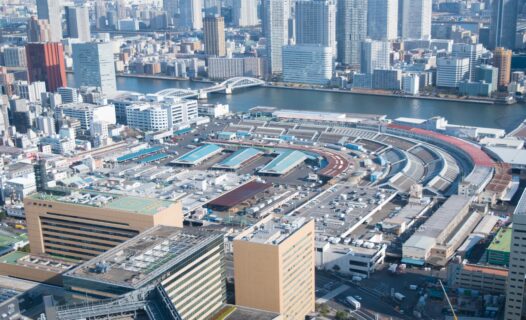
Explore stylish and affordable hotels in Tsukiji, Tokyo. Discover the best places to stay without breaking the bank.

Explore Geoje-si with our ultimate travel guide. Discover must-see spots, local cuisine, cultural sites, and adventure activities in South Korea's coastal paradise.

Explore Indonesia during regional elections and public holidays. Discover cultural experiences, travel tips, and more.



